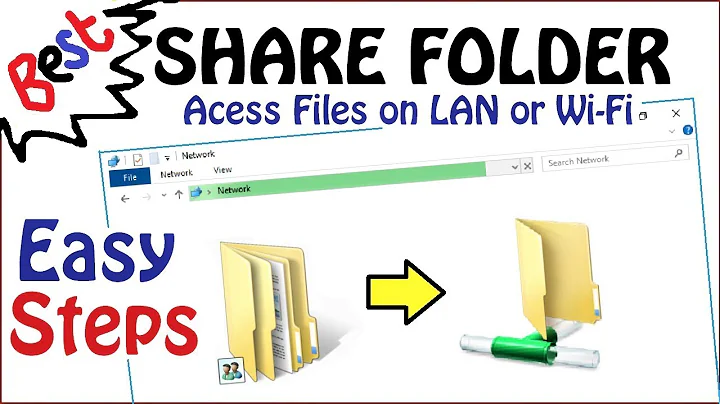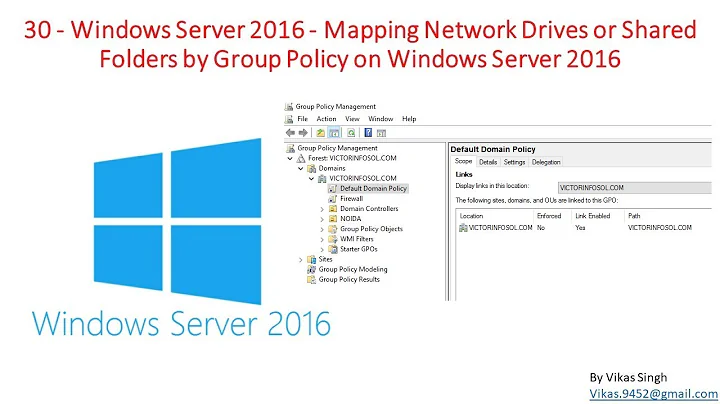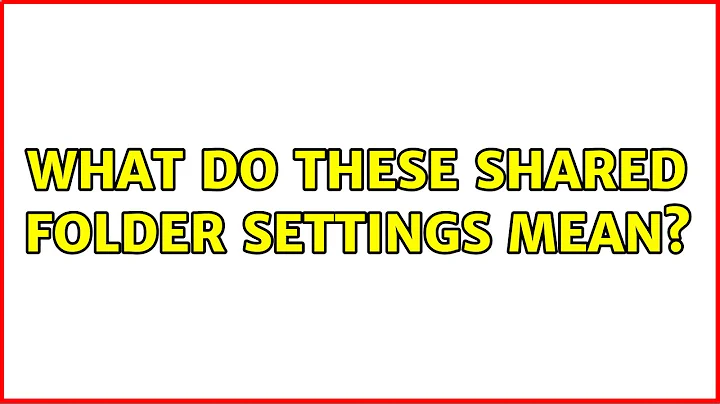What do these shared folder settings mean?
Solution 1
If you were to explore the network from Windows Exlorer, you would see computers. If you clicked on the computers, you would see non-hidden shares. Putting a $ after a share makes it hidden from the explorer view.
The IPC (interprocess communication) share is a shared folder created and used by Windows for sharing anything that doesn't fit into the typical category of files or printersy. Disabling this share could cause problems.
Windows will automatically share internal hard drives by default, such as your C and D drive. The permissions only allow local administrators to access them. They arent necessary, however they are extremely convenient for admins, especially in a networked environment. Being able to access a filesystem without a premade share would be difficult.
There is no reason to disable these shares and if you did, you might have issues down the road that would be hard to diagnose.
Solution 2
As this MS KB article states:
A hidden share is identified by a dollar sign ($) at the end of the share name. Hidden shares are not listed when you look through the shares on a computer or use the net view command.
By default, Windows can enable the following hidden administrative shares:
- Root partitions or volumes
- The system root folder
- The FAX$ share
- The IPC$ share
- The PRINT$ share
Root partitions and volumes are shared as the drive letter name appended with the $ sign. For example, drive letters C and D are shared as C$ and D$.
The system root folder (%SYSTEMROOT%) is shared as ADMIN$. This is your Windows folder, and the administrative share provides administrators easy access to the system root folder hierarchy over the network.
The FAX$ share is used by fax clients to send a fax. This shared folder caches files and accesses cover pages that are stored on a file server.
The IPC$ share is used with temporary connections between clients and servers by using named pipes for communication among network programs. It is primarily used for to remotely administer network servers.
The PRINT$ share is used to remotely administer printers.
Hidden administrative shares that are created by the computer (such as ADMIN$ and C$) can be deleted, but the computer re-creates them after you stop and restart the Server service or restart your computer. Hidden shares that are created by users can be deleted, and they are not re-created after you restart your computer.
Since it's a work PC and your network admin didn't disable the shares, I see no need for you to do so either.
Related videos on Youtube
blackace
Updated on September 18, 2022Comments
-
blackace over 1 year
I just got a new pc from work and when I check the shared folders from computer management section I see that there are 4 share names:
- Admin$ C:\Windows, type windows with the description remote admin
- C$ C:\, type windows with the description default share
- D$ D:\, type windows with the description default share
- IPC$, no folder paths assigned, type windows with the description remote IPC
Should I keep these active? I am concerned about items 3 and 4 on the list; what do they mean? What is the significance of that dollar sign?




